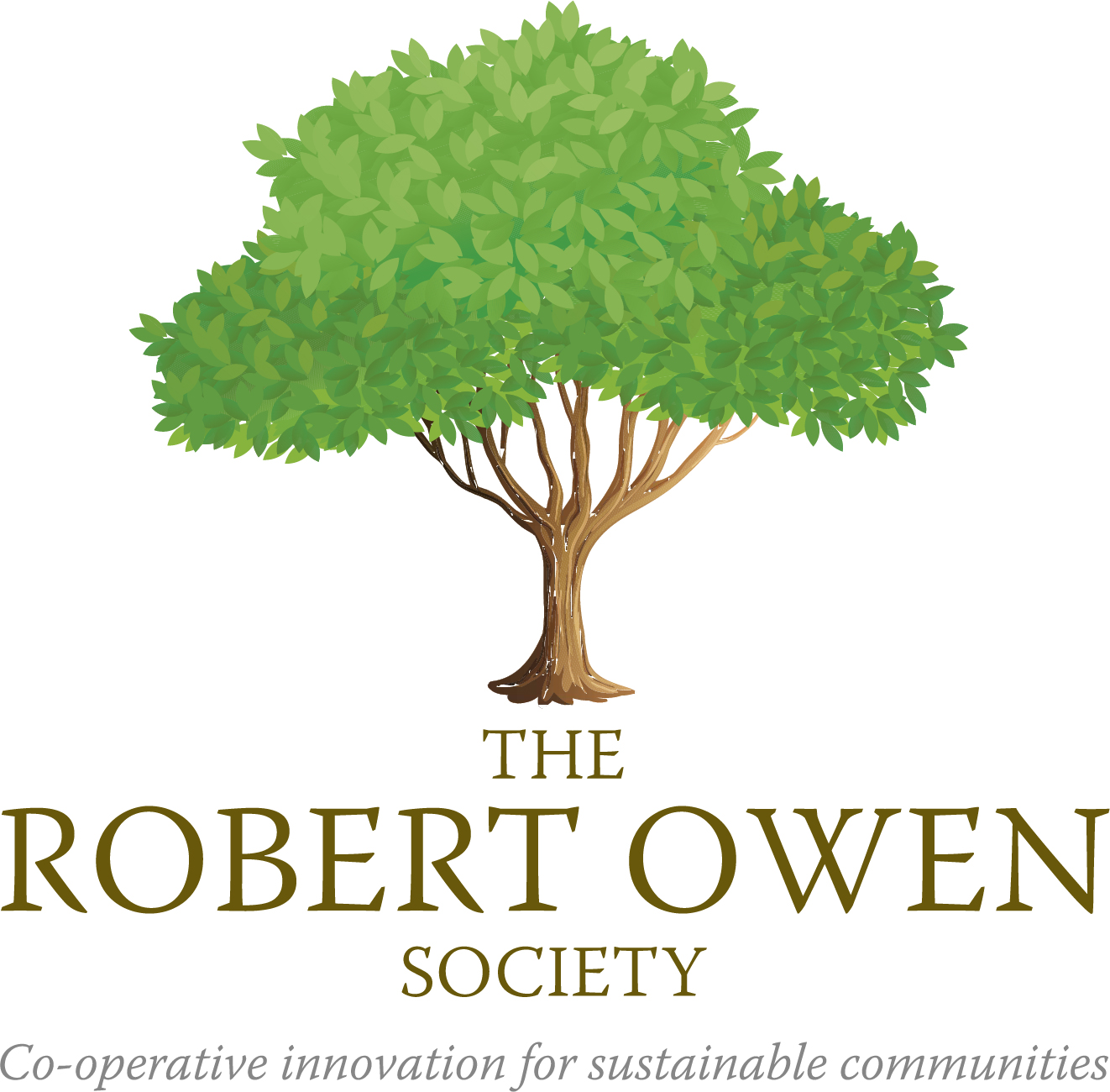Social Outcomes uses a gender lens investing approach to understand the risk and return on any impact investment opportunity we develop. We and our partners are working with the DFAT funded Pacific RISE initiative in Papua New Guinea (PNG) to examine how investment could be used to benefit small scale fresh produce and cocoa farmers in East New Britain, the majority of whom are women.
As with all impact investments, you begin with the end in mind, so we began to explore how roads could best support women farmers in creating a range of outcomes that are important to them. In order to better understand this, we asked the question of both infrastructure experts and women farmers, “do women and men use roads differently?” The experts hadn’t considered the question before, whereas the women farmers were able to articulate how they used roads differently from the men in their community and how the state of those roads did not meet their needs.
Women use different roads, at different times of day, at different usage levels, for different purposes and in different modalities than men. In the context of women farmers in PNG, this involves women travelling along small feeder roads by foot, multiple times a day, going between home and their plots, or the clinic, or the school, or the road side market stall or their neighbour’s house. However, the roads that women use are rarely maintained as they are the responsibility of impoverished local councils. Women told us horror stories of having to give birth alone by the side of the road on their way to hospital, as ambulances could not travel down those feeder roads
due to their state of disrepair.
The roads that benefit from large infrastructure projects are almost always major highways, which small scale women farmers rarely use. Exporters and other businesses use the highway network, as do men commuting to jobs in major centres. Women are often self-employed or working in the informal sector, use the highway system considerably less but it doesn’t mean they are not economically active. Women do 70% of the work in agriculture across PNG, and in the cocoa and coffee sector, work two to three times more hours than men and are heavily involved in the activities critical for ensuring productivity and quality. Women also manage household gardens and take produce to market, often providing the stable sources of income for many rural households. This produce is taken to market via feeder roads.
Whilst private transport options do exist in East New Britain, they rarely service these feeder roads, or when they do, it comes at a very high cost. The reason for this is that the roads are in such a state of disrepair that the maintenance costs of a privately-owned people mover or combi van could not be offset by the fares being charged.
If feeder roads were graded and maintained as part of an infrastructure investment package, the people movers would re-establish the service along these roads and allow women to get their fresh produce to the market. When asked, women farmers unanimously reported that the cost of the people mover could be easily born by the additional sales that could be generated by taking larger volumes of produce to market than is possible by foot. Women were also unanimous in their opinion that the feeder roads need only be gravel, requiring inexpensive six-monthly regrading after the wet season, in order to meet their transport needs.
So, if we were to invest in infrastructure for a social impact that best supported women
farmers, and their economic, health and educational outcomes, we would invest in a better network of small feeder roads. Upgrading highways across PNG is an extremely costly exercise, with often little benefit for small scale farmers in real terms, however, is regularly funded by donors and development finance. For the same investment in a small stretch of highway, a real difference could be made from upgrading vast stretches of feeder road and creating a far greater impact for local people and more productivity in rural areas seeing both a financial and social return on investment. While there is considerable donor grant funding going to women in agriculture and private and public capital going into infrastructure –could there be a useful way to blend this capital for both outcomes?
Investing in highways helps to build the economy. However, if we wish to build an economy which benefits as many people as possible, not just those in the formal economy and their international partners, we need to shift our thinking. Applying a gender lens helps shine a light on how this might be done.
